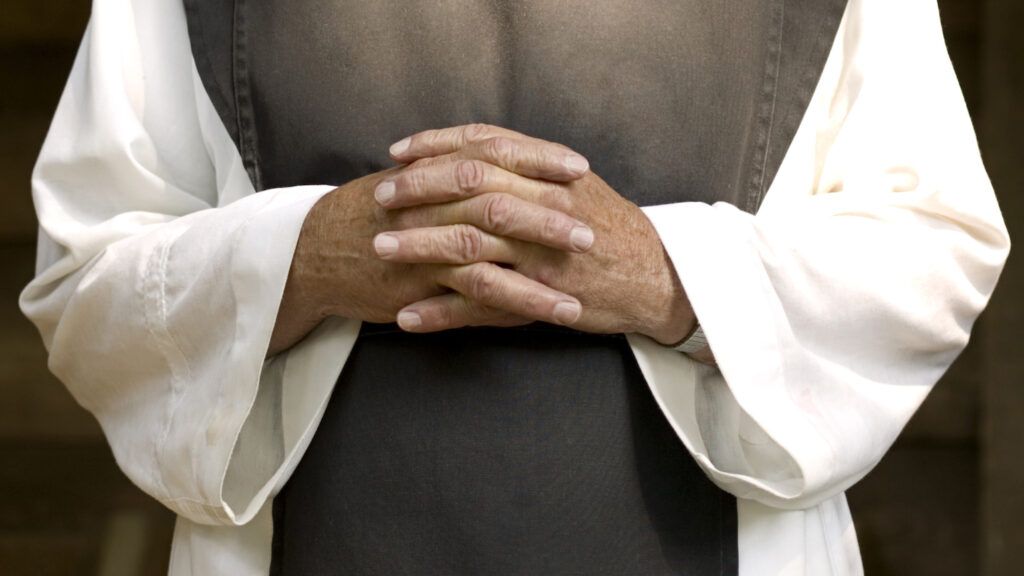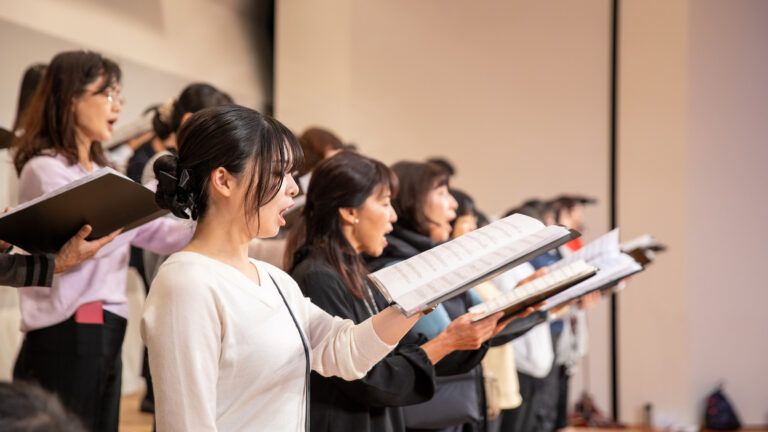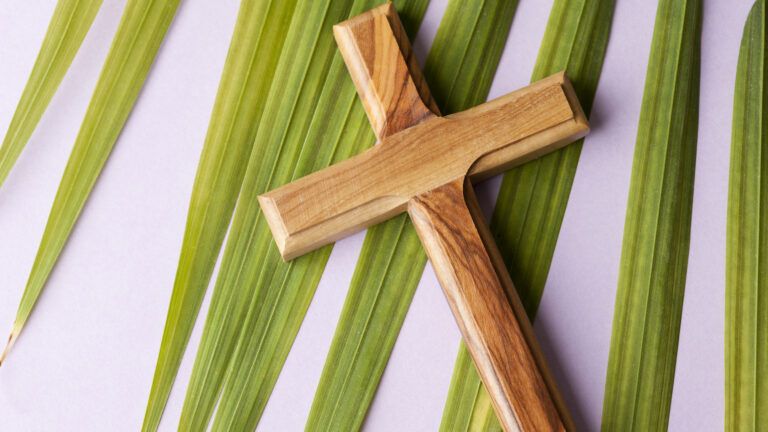I was raised by a Christian family, grew up in the church and even became a pastor at 22. Even then, however, I was not the person of prayer I wanted to be. That is, until I journeyed to a monastery for four days of silence, meditation and prayer with the 30 or so Trappist monks who lived there.
That experience—which I have since repeated dozens of times—taught me things that I had not learned in my own tradition about prayer and much more. Here are just five things I learned from the monks that have immeasurably helped my prayer life:
1. Find a rhythm.
On my first visit to the monastery, I encountered the Rule of St. Benedict, which orders the monks’ lives. Among other things, it requires them to gather seven times every day to worship and pray—even at 3:15 a.m. It sounds excessive, I know, but part of the purpose for that schedule is to foster a rhythm in their daily lives that encourages prayer not only when they gather but also throughout the day and night.
It worked like a charm for me, because just one full day into the rhythm (and silence) of that community, I found myself no longer “starting” and “finishing” my times of prayer; I did not “enter” and “exit” God’s presence. I spent the day in prayer, without half trying.
Read More: 5 Places to Pray with Monks
Since then, I have come to believe that many people experience frustration in their prayer lives mainly because they haven’t discovered a rhythm that works for them. They may have tried and failed to fit themselves into someone else’s rhythm and then given up.
But the pace and rhythms of my life are not yours and vice versa. So take a look at the ebb and flow of your hours, days and weeks, and try to find a rhythm that will help you pray more—or better.
2. Plan your praying.
I was fascinated on my first visit to the monastery to enter into the ancient liturgy the monks use to facilitate their prayers. They start each prayer time with a short greeting: “O God, come to my assistance; O Lord, make haste to help me.” Everything that follows is according to a fairly simple plan that incorporates words from the Bible, songs, movements, and so on.
Their way of praying may not be your style, but it will probably still help to have a plan. You might use a resource such as The Book of Common Prayer, Phyllis Tickle’s The Divine Hours, or a simple outline like “ACTS” (adoration, confession, thanksgiving, supplication) or “PRAY” (praise, repent, ask, yield). You may do something else entirely. But planning your prayer time can be a big help, whatever your plan looks like.
3. Incorporate music.
I was delighted to learn how to chant the Psalms (and other prayers) with the monks at “my” monastery. As I wrote here, chant helped me slow down and focus while I prayed, and also acted as a memory aid. But even if you don’t chant, incorporating music (hymns, praise and worship songs, or even songs you make up on the spot) can enliven and inspire your praying.
Check Out Guideposts’ Collection of Books for Lent
4. Pray the Bible.
The monks at “my” monastery pray their way through the Psalms every two weeks! They also pray other phrases from the Bible (such as the “greeting” I mentioned above). After my initial retreat at the monastery, praying the Bible became one of my favorite ways to pray—and one of the richest in blessing.
My daily prayers always include something from the Psalms and the Lord’s Prayer as well as many other Bible passages (see here for more). Not only have I learned that I love to pray God’s Word—but I think He likes it too.
5. Pray in community.
Sometimes at the monastery, I have seen one of the brothers praying alone, on a bench under a tree, for example, or kneeling alone in the sanctuary. But such private times occur between those “hours” when they pray together, in community.
I have come to learn that just as one hand washes another, so praying in community (in a prayer meeting or with a prayer partner, for example) contribute immensely to the power and pleasure of my private prayer times. I’ve come to realize that my private prayer life needs a corporate prayer life (and vice versa) in order to stay healthy.
The prayer rhythm you discover and the route you take to a closer walk with God may look nothing like mine. But praying a little more like a monk has helped me immensely. Maybe it will help you too.





